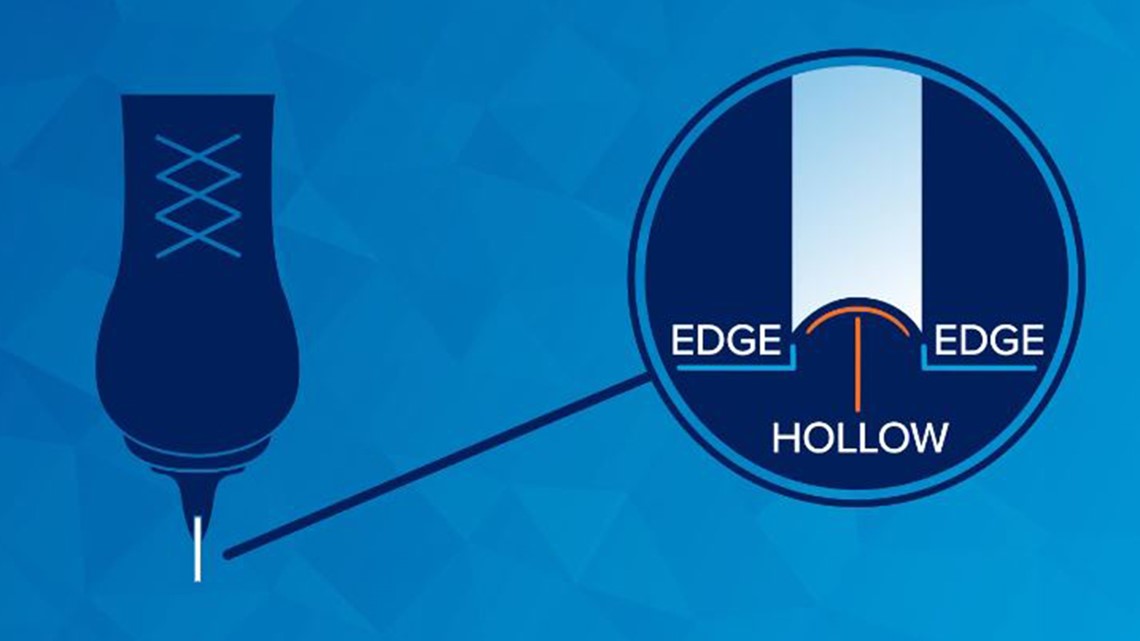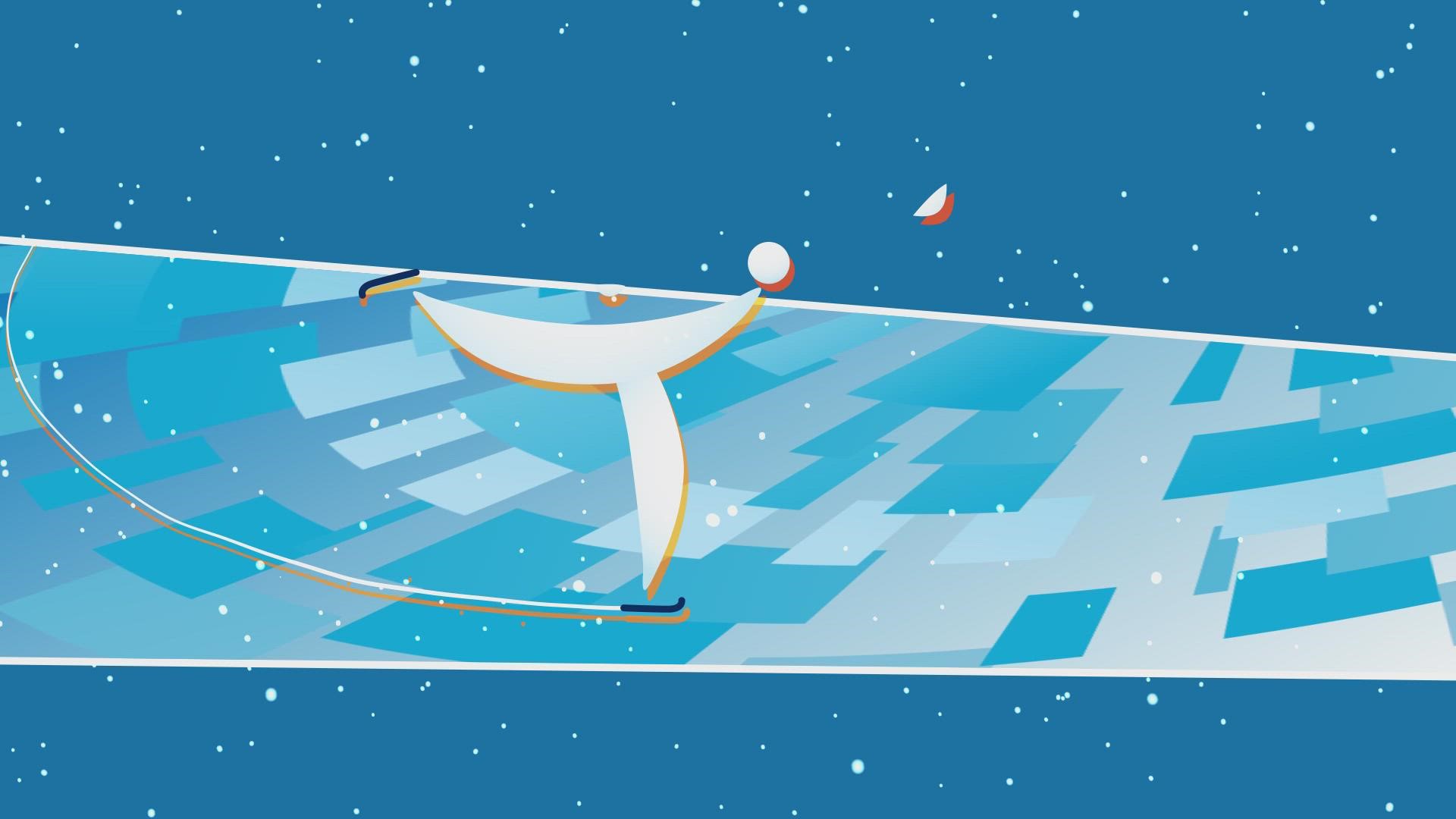Figure skating is one of the marquee events of the Winter Olympics, which can gain a lot of attention from casual fans tuning in to the action. If you're not a die hard skating fan, one of the biggest things you may have difficulty identifying is the difference between the jumps figure skaters perform.
Here is how to tell them apart.
First, it’s important to know, first, that each skate blade has two edges with a curve -- or hollow -- in the middle. If you stand with your feet together, the edges that face each other are the inside edges. The edges that face away are the outside edges.


Most skaters land on the right foot and spin counterclockwise, but some prefer to land on the left foot and spin clockwise. For the examples below, we’ll assume the skater prefers the right foot and counterclockwise option.
As for what constitutes a single, double, triple or the rare quad, that’s simply an indication of how many times the skater rotates in the air.
Now, let’s look at the three toe jumps. All of them involve using the toe pick on the front of the skate to help launch the skater into the air.
Toe Loop
Skating backward, the jump starts with the outside edge of the right skate and lands on the outside edge of that same skate.
Flip
Skating backward, the skater takes off from the inside edge of the left skate and lands on the outside edge of the right skate.
Lutz
It's just like a flip except the skater takes off from the outside edge of the left skate -- not the inside -- and lands on the outside edge of the right skate.
Now, let's look at the edge jumps -- the ones that don't get a toe pick assist.
Salchow
Skating backward, the skater launches from the inside edge of the left skate and lands on the outside edge of the right.
Loop
Skating backward, the jump starts with the outside edge of the right skate and lands on the outside edge of that same skate.
Axel
This will be the easiest to recognize as it's the only one in which the skater is facing forward at takeoff.
The skater launches from the outside edge of the forward skate and lands going backward on the opposite skate. Because this move requires an extra half-rotation to land backward, it's generally considered the most difficult jump.
Going back to earlier in discussing doubles, triples, etc., a double axel would be 2 ½ rotations. A triple axel would be 3 ½.

